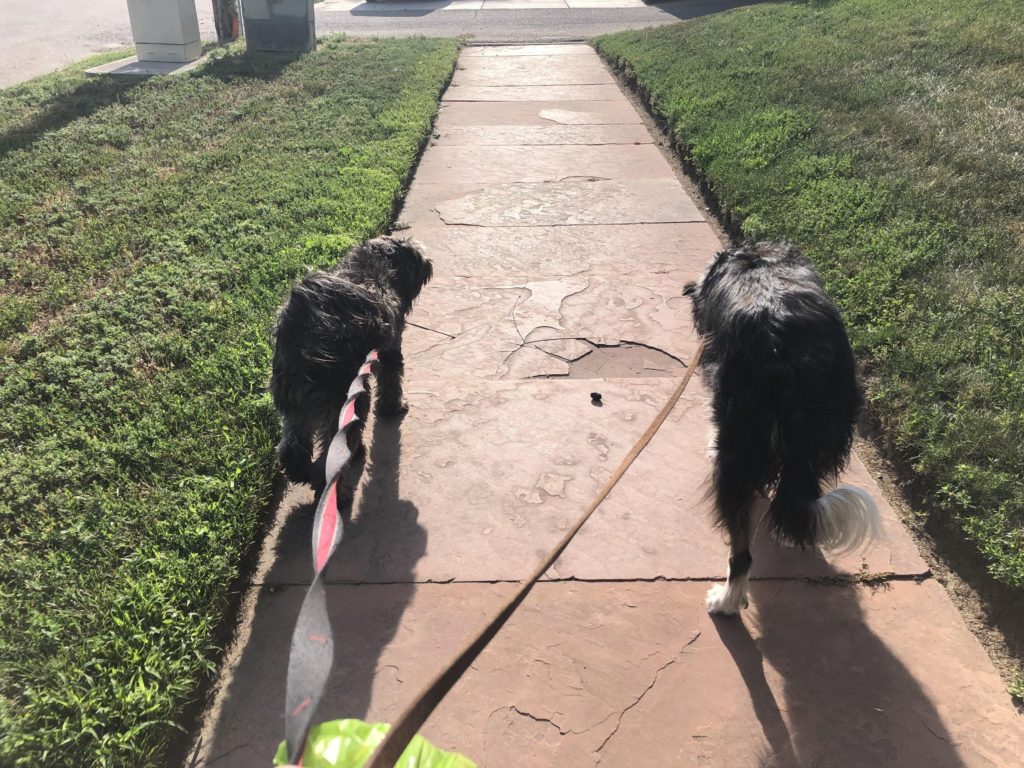Open source information about human rights abuses can frequently be graphic and deeply disturbing. In Amnesty International’s Evidence Lab, responsibly dealing with videos containing violent and distressing imagery, and avoiding the risks of vicarious or secondary trauma is something we take very seriously. We talk about it frequently, check in with each other as a team, and generally strive for best practices to mitigate the risk of exposure to traumatic content and work to support colleagues when we need to.
In the book Digital Witness, Dubberley, Satterthwaite, Knuckey, and Brown note that: “The considerable risk of psychological distress through secondary experiences of potentially traumatic events has been under-addressed in the human rights field for various reasons. These include the relative recency in which viewing traumatic photos and video has been incorporated in the definition of Post-Traumatic Stress Disorder (PTSD); the generally poor response of the human rights field to the mental health risks of advocacy; and the far more rapid growth of fact-finding with online and digital content compared to the strategies designed to counter its ill-effects.”
In the human rights field, many managers and organizations overlook the risk of vicarious trauma. When it is not considered, there is a very real risk of traumatizing colleagues, which can often lead to burn-out, PTSD, substance abuse or other mental health issues.
Here, we provide some tips on what each investigator can do when working with potentially distressing open source information. Based on interviews with human rights researchers and journalists for the research report Making Secondary Trauma a Primary Issue: A Study of Eyewitness Media and Vicarious Trauma on the Digital Frontline, these tips are intended to help anyone doing open source research to start to look after themselves.
1. Be prepared and prepare others for what might be seen
“Definitely unexpected things – it makes it harder. If you know what to expect, blood, killings, it’s not easy to watch of course, but if you know what’s coming it makes it a bit better.” (interview with open source human rights investigator)
Frequently human rights professionals told us about the difficulty of viewing traumatic content that they weren’t ready to see. This problem is exacerbated as contemporary workflows mean that each and every person working in an office or newsroom often has access to each and every picture. Conducting investigations through social media means that somebody is going to see distressing images that they weren’t prepared to see – but from that point forward, trauma-informed workflows should ensure that the surprise doesn’t spread any further.
Tip: When graphic content is put on a server or stored or preserved in any way, ensure it is labelled as such, with appropriate timecodes logged if required. If you’re sharing content with colleagues, tell them before they see it that they may find it distressing.
2. Limit your exposure to sound
One social media professional told us that: “Sound makes the impact more real.” This was an issue that came up repeatedly when speaking to journalists working on the digital frontline. People spoke of the horrific images they’d seen, but noted that hearing violence or people screaming in agony or to save their lives heightened the distress they experienced.
“Usually I watch the video without sound after I hear it once because then I know if there’s anything relevant in there or not and then I always turn it off for that specific reason that it always makes it rougher to watch,” one person said. Another emphasized how: “When I click on some links, I have the headphones off my ears, I have the audio on low.”
Tip: When viewing eyewitness media that you think could be traumatic or distressing, consider only listening to the audio if it’s truly necessary.
3. Before starting an open source investigation, ensure you have a research question to answer, and ask yourself how this will be published or used.
Verification is a long, manual process that can mean repeatedly going through a video frame by frame. This can be particularly burdensome and distressing if the video shows a traumatic event. As another journalist told us: “I feel more depressed when I go through a lot of UGC and it is not used.”
Tip: If you know a video or collection of photographs are likely to be distressing, only spend time verifying and investigating if they are actually going to be used in a research output.
4. Understand that your colleagues may have different triggers to you
“Careful, this video is graphic,” warned a poster asking for verification help on an open source message board. The poster assumed this was enough. However, it wasn’t. The video was unusually gruesome – depicting a believed decapitation. Several people on the forum protested. While they were warned it was ‘graphic’, the expectation of what such a warning might mean was different. What is considered ‘graphic’ is subjective – it can mean someone hit from distance with gunfire, someone being tortured, or even depict no direct physical violence at all. For the writer of this piece, the most graphic thing to witness has been the trauma of relatives after an air strike when a loved one has died. TIP: When sharing content or asking for verification assistance, err on the side of caution–never assume that your ‘graphic’ is the same as someone else’s, and always assume that someone might find content graphic even if you don’t.

5. Find the right coping mechanisms for you.
Interviewees in Making Secondary Trauma a Primary Issue raised the varied mechanisms they used to cope after viewing distressing eyewitness media. While in the office, these included: “Keeping open a window showing a Tumblr feed of cute dogs”, “Checking out Taylor Swift’s Instagram feed”, “Getting out of the office for a walk and a chat to a friend”. The coping mechanisms were varied – but worked for each individual interviewee.

Tip: Open source investigators should think about what coping mechanisms work for them, and managers should understand and support those.


